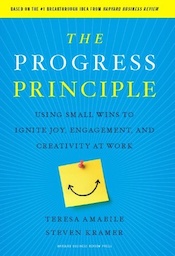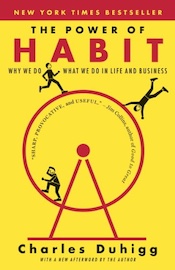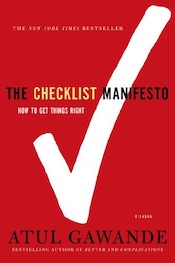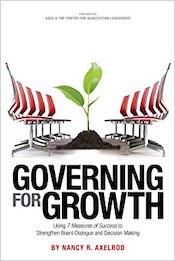
Atomic Habits: An Easy & Proven Way to Build Good Habits & Break Bad Ones
by James Clear
Atomic Habits offers a straightforward, step-by-step framework for creating good habits, breaking bad ones, and driving long-term behavior change.Based on behavioral science, it provides a comprehensive manual for taking control of your habits.
More than 40% of our daily actions are driven by habits rather than conscious thought, as mentioned in The Power of Habit summary. When so much of our behavior is automatic, it seems worthwhile to take another, deeper look at managing habits.









